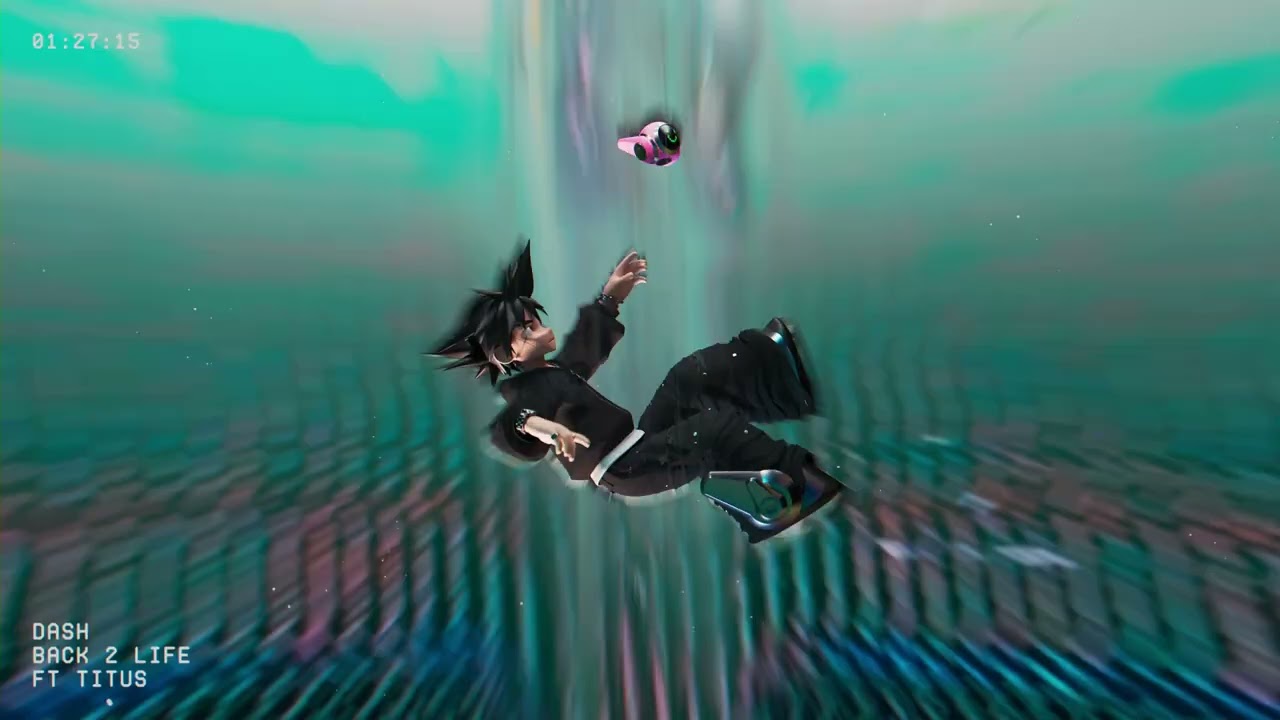When it comes to weekly manga magazines, Shonen Jump is the main publication that comes to mind. It's the one that's constantly referenced and spoofed in anime and manga thanks to the popularity of titles like Dragon Ball and One Piece. Other titles tried to cash in on the growing popularity of manga and anime, but nobody could overshadow Viz Media's dominance in the field. While physical copies of the magazine were discontinued in 2012, it lives on in digital form as Weekly Shonen Jump. However, what few people remember is that there was another, lesser-known magazine Viz was publishing around the same time.
Similar to Shonen Jump, Shojo Beat was a monthly magazine that primarily targeted teenage girls and featured six to seven different titles in each issue. Distribution started in 2005 and was canceled in 2009, with the reason being cited as the "difficult economic climate." During its run, it featured titles such as Nana, Vampire Knight and Godchild. The magazine's reception was mixed but fairly positive overall despite many readers saying that they wouldn't subscribe to or pay for it. If Viz had put an equal amount of effort into Shojo Beat as it did with Shonen Jump, could it have kept up with its counterpart? What could have been improved upon to keep readership and subscriptions up?
One of the major problems with the original publication was the way it was printed. It used cyan and magenta tones to print the manga, which is common for Japanese-printed anthologies and was the first English publication to do so. However, the results could be straining on the eyes, as it was a barrage of pinkish hues. This could have been circumvented by printing it in the same tones as Shonen Jump, which uses much more in the way of blacks and grays. The covers were also lackluster and plain when compared to the magazine's male-oriented counterpart.
Moreover, while articles talked about Japanese fashion, music and anime, some of the subheadings and articles came off as something that would be more at home on other teen magazines. For example, one from December 2006 read: "35+ Perfect Presents for Every Personality" before listing off stereotypes like jock, geek, etc. This was mostly seen in the earlier issues, and as the magazine went on, it focused more on anime and manga culture.
The demographic for a magazine like this was there and is even more so today. Manga and anime are more popular in the West than they were during the early to mid-2000s. If Viz were to create an app like their Weekly Shonen Jump app, it could be relatively successful, probably even on par with SJ. With the progression of technology, it's now easier than ever to keep up with a series. Paying $1.99 per month for an entire catalog of publications and new chapters every week for shojo manga would definitely draw in more readers. Now is the time to bring back Shojo Beat in digital format.
About The Author

